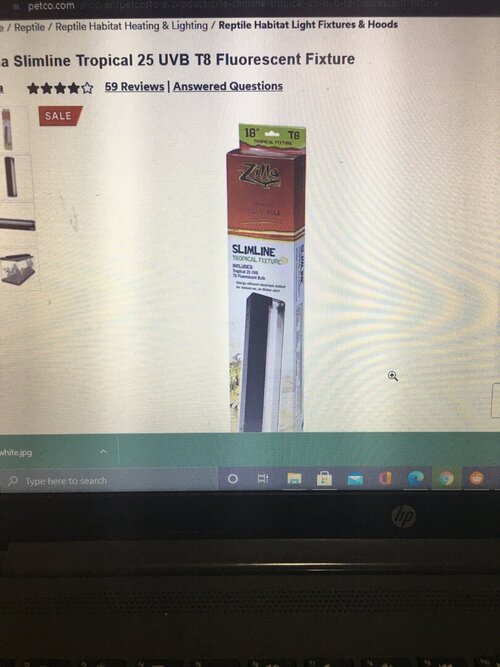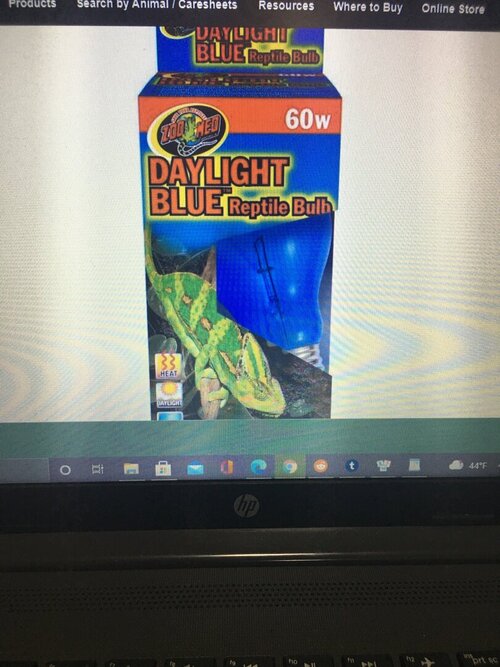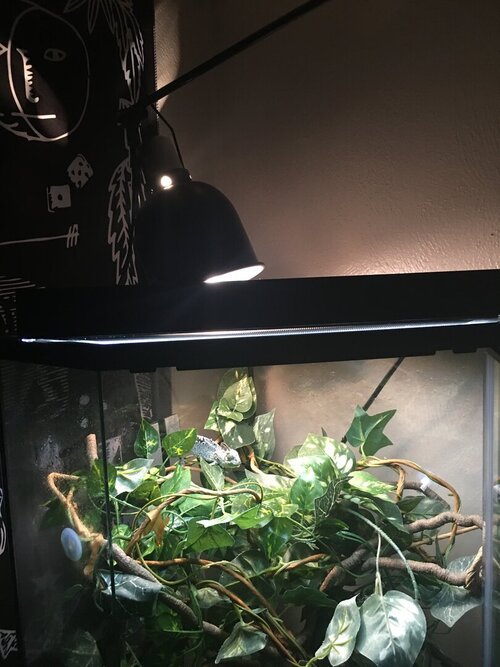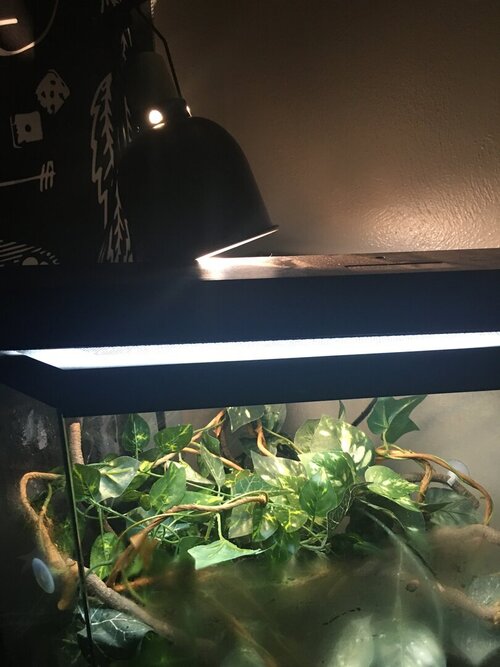Shalynchameleon
Member
The first photo is the light I’ve been using. It doesn’t give off any heat and my cham has been with me for a month since I adopted him from neglect. He is still very angry and stressed. Now the second photo is a light I just turned on for him for the first time ever and he is so happy and soaking up the heat. How should I manage these lights with the times etc, I’ve posted before and have answered all the husbandry questions and I can’t post pics of him rn because he is shedding. So should I alternate these lights? Keep these on together at the same time?




